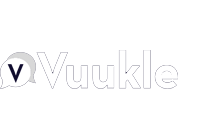Hidden Signals:
Decoding 2024’s Digital Ad Trends
The 2024 MAQ Index Is Here
Insights From Over A Trillion Impressions
Confiant's Malvertising and Ad Quality (MAQ) Index is the oldest and most comprehensive analysis of creative quality and security in the digital advertising industry.
Drawing on Confiant's proprietary sample of over 1 trillion impressions monitored in real time, this report provides an honest look at the state of ad quality and security across the ecosystem.
In 2018, Confiant released the industry's first benchmark report. This report, the 21st in the series, covers the entirety of 2024.
Highlights
- The industry-wide security violation rate dropped to 0.21%, ending a 3-year rising trend.
- Ad quality violations surged, rising more than 2.5x from 0.63% in H2 2023 to 1.57% in 2024, driven by Heavy Ads.
- One SSP recorded the highest daily security risk ever: 1 in 9 impressions were threats on May 14, 2024.
- The second half of the year was safer—all attack peaks happened in the first half of 2024.
- Fake Software Updates & Forced Redirects were the year’s top security threats.
Security Improves, Quality Issues Surge
The industry-wide security violation rate broke its 3-year rising streak lowering to a 0.21% average for 2024
How did the industry fare in 2024?
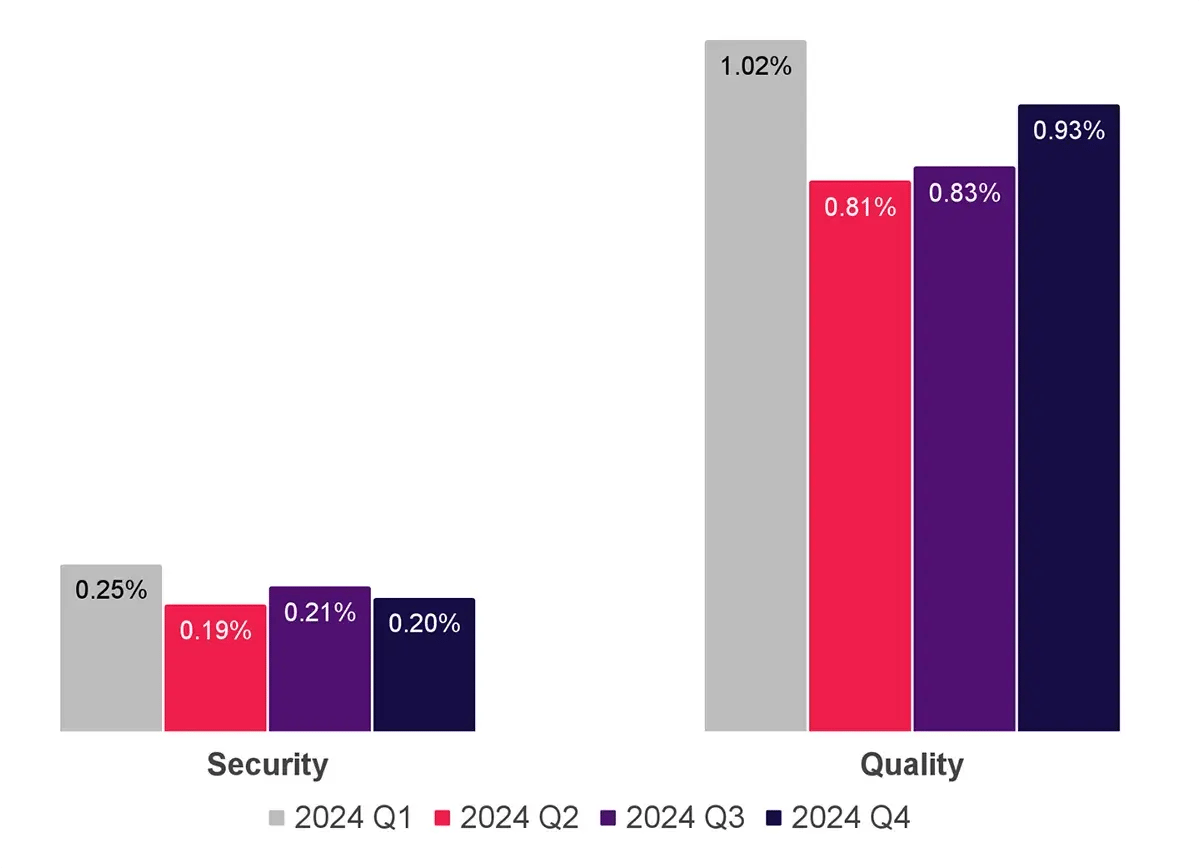
After falling from a high of 1.57% in Q4 2023, the industry-wide quality rate started rising again, reaching 0.93% in the second half of 2024.
2024 Most Blocked Ad Categories
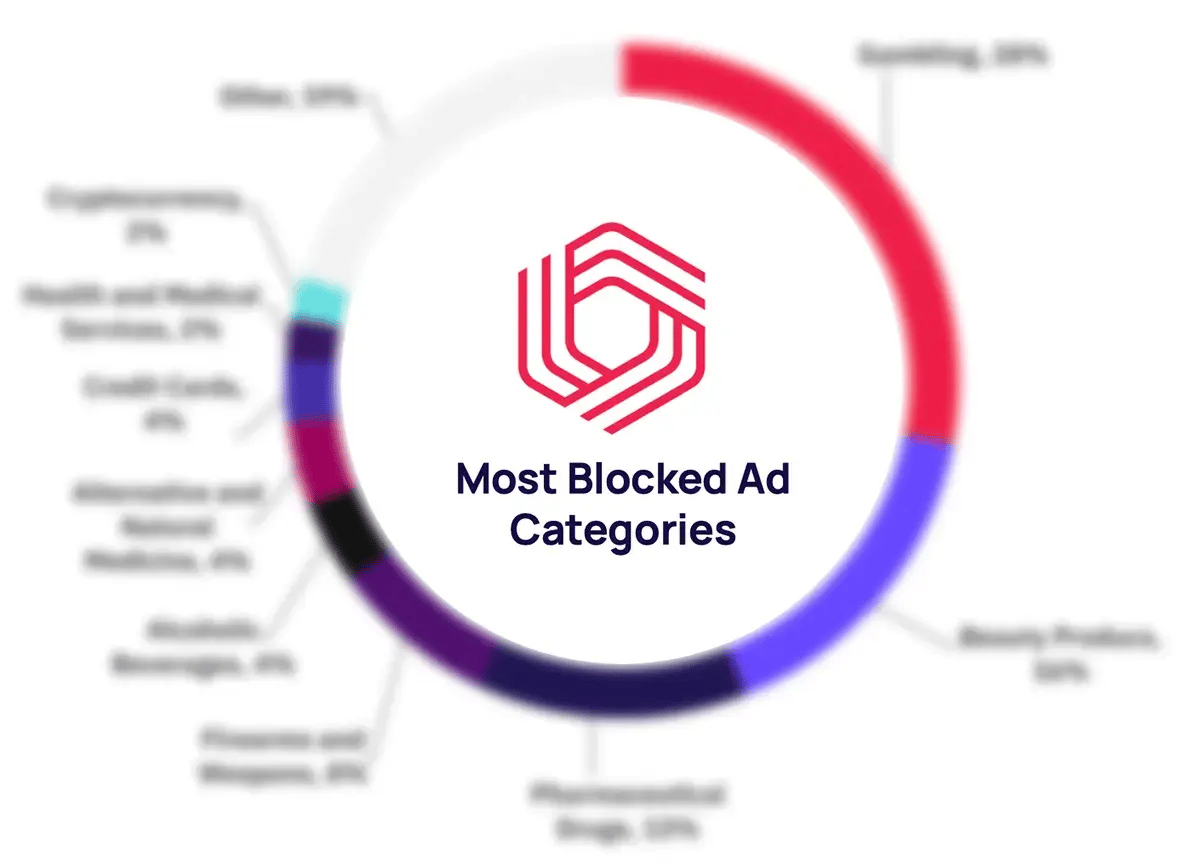
1 in every 90 ad impressions was dangerous or highly disruptive to the end user
SSP Rankings
Google closes out 2024 to struggle with the highest security rate by far once again
2024 Security Violation Rates by SSP
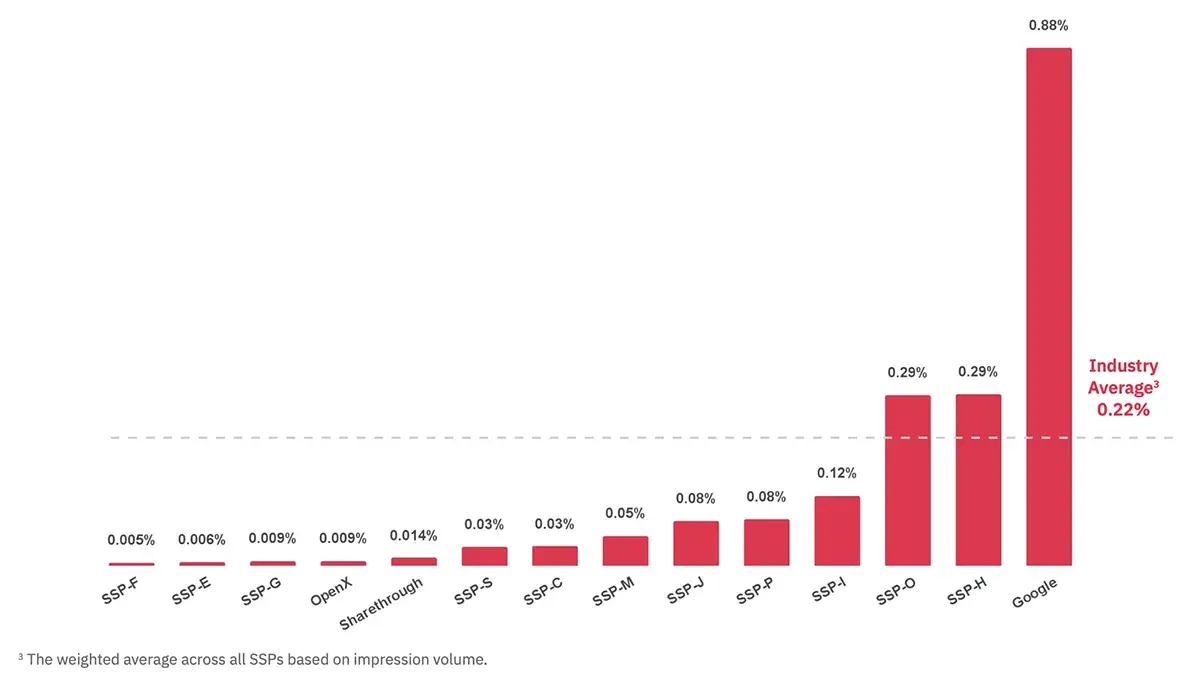
The SSPs with the lowest rate of security violations for the period were SSP-F, SSP-E, SSP-G, and OpenX, each achieving a rate of less than 0.01%, with SSP-F taking the frontrunner position. SSP-F had an incredible performance this year, shooting from the middle of the pack in 2023 with 0.08% to an astounding 0.005%.
2024 Quality Violation Details by SSP
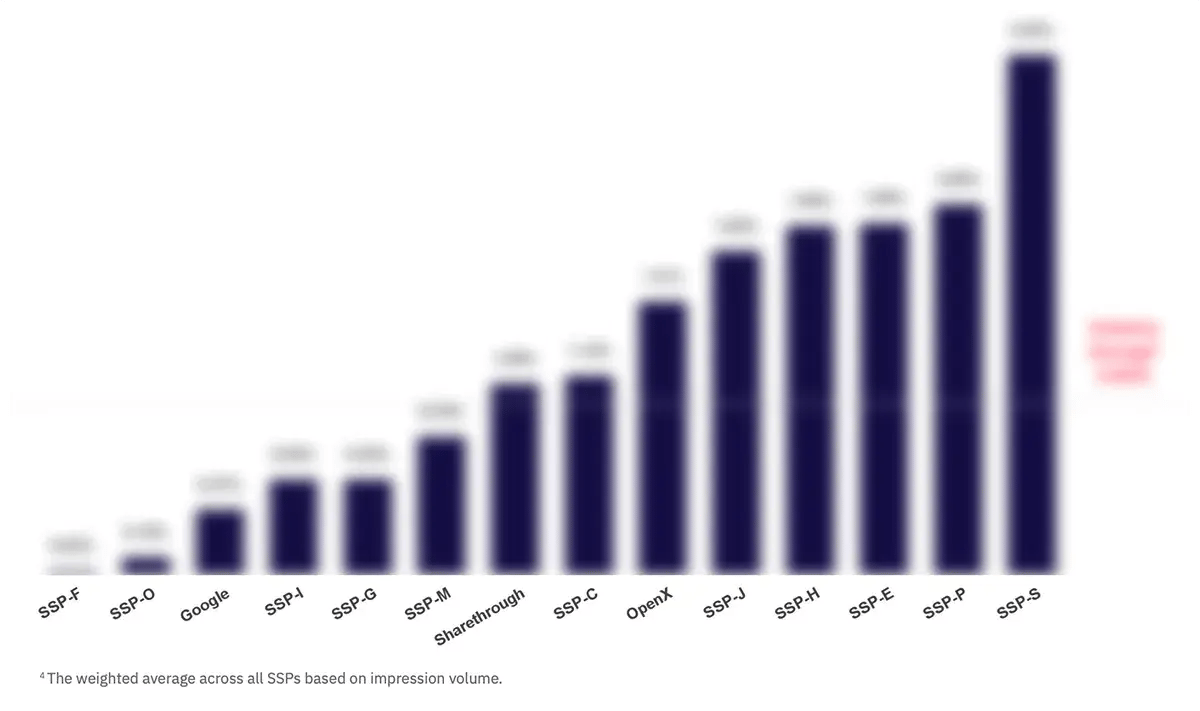
Familiar Actors Return, New Threats Emerge 2024 Review
-
QuizTSS
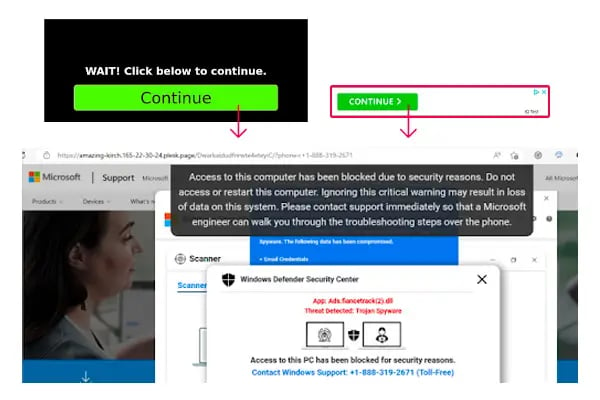
The Tech Support Scam (TSS) scene continues to evolve. The top threat actor in 2023 was QuizTSS with total volumes that we estimate accounted for 20% of all malicious impressions.
QuizTSS uses seemingly innocuous "Start" and "Continue" buttons on cloaked AI generated or quiz landing pages as a conduit for malicious activities. These buttons, designed to blend seamlessly with legitimate quiz content, mislead users into clicking them under the guise of continuing their engagement. -
ScamClub
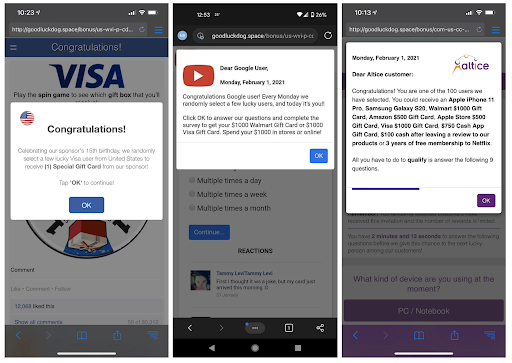
ScamClub's primary method involves using Forceful redirects, subtly guiding users to harmful websites, often hosting Scareware or fraudulent Gift-Card Scams, Carrier Branded Scams, Giveaway Scams.
In September 2023, Confiant threat intel and take-down report on ScamClub provided the threat intelligence that allowed an organized action to dismantle ScamClub supply chain links. Previously, ScamClub was abusing a browser vulnerability that Confiant had reported (CVE-2021-1801). -
... and many more. See the entire list:
Get the Full Story
Confiant's 2024 Malvertising and Ad Quality (MAQ) Index provides an inside look into the frequency and severity of digital ad quality and security issues. Discover the top concerns for premium publishers, see how the major SSPs performed, and get an inside look at the latest malvertising tactics.
Get Familiar with Today's Threat Actors
The full report details active threat actors, their techniques, & their impact.
Explore the SSP Rankings
The vast majority of global impressions originated from just 14 commonly used SSPs. See how the major players are stack up, and who put in a record-breaking performance in 2024.


